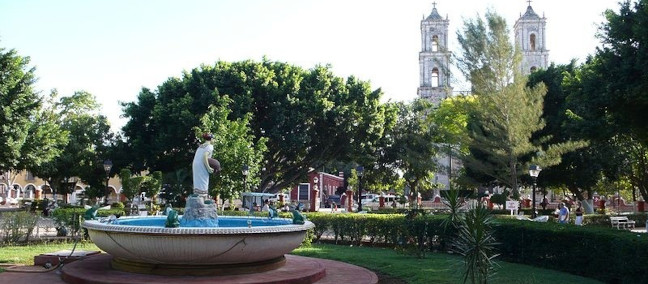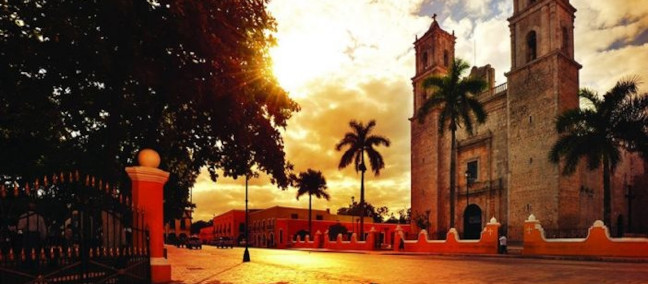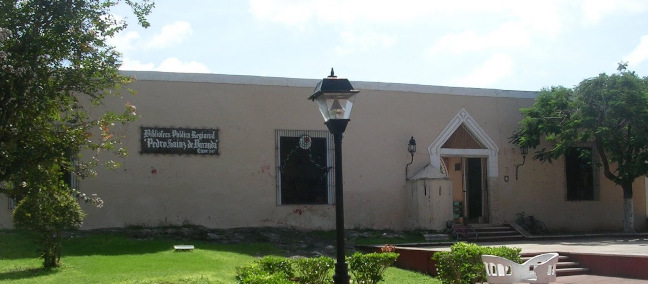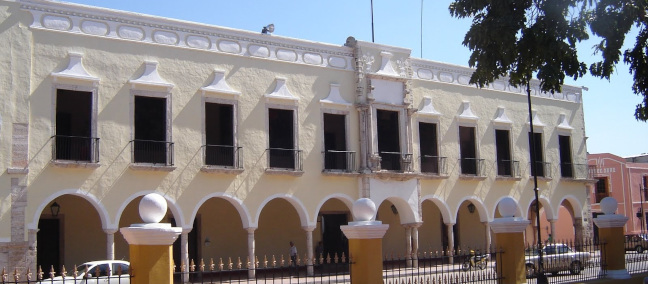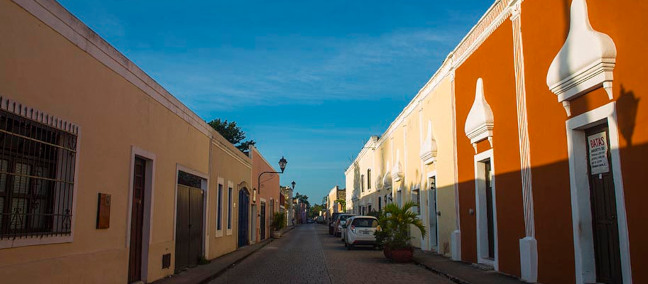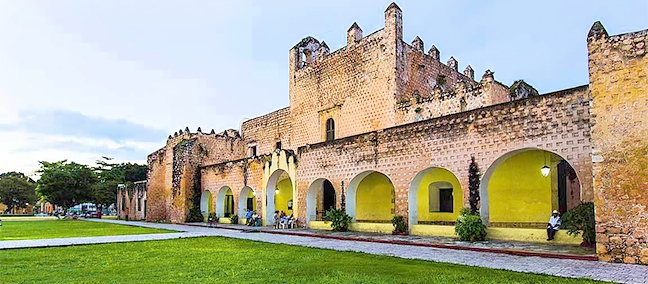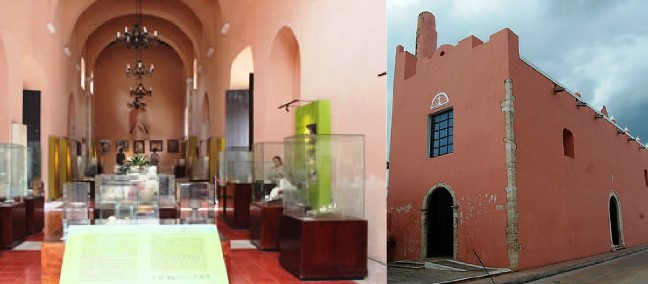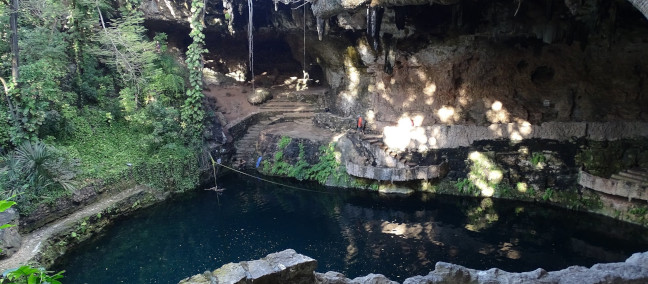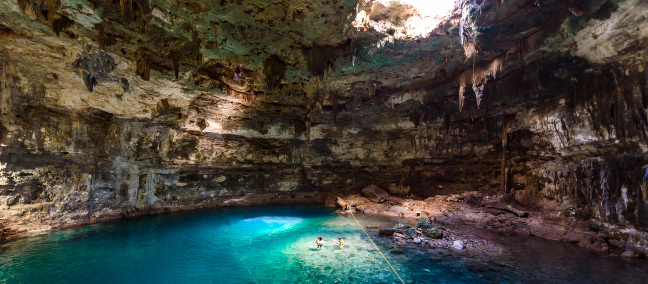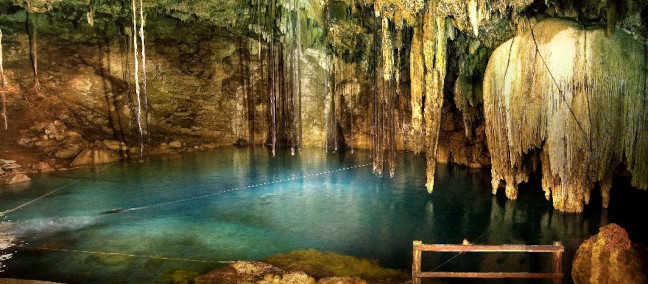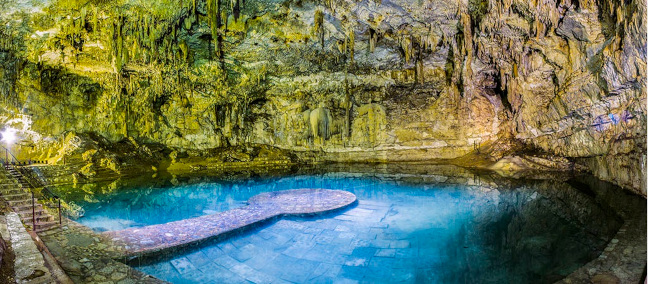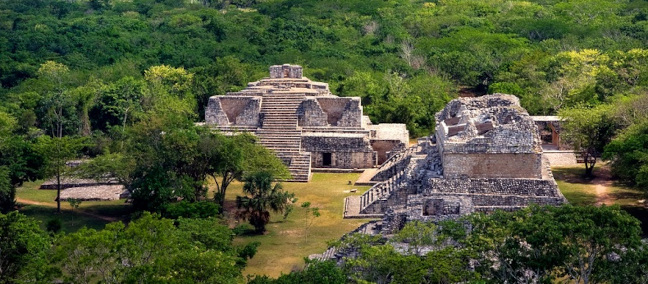Main Square or Historic Center
The city of Valladolid was founded in 1543 and was originally located in the Mayan town of Chauac-Há, but on March 24, 1545, the town was moved to Zací, the capital of the Mayan chiefdom of the Cupules. Valladolid is the second most important city in Yucatán and the oldest in the state. In 2012, the city was incorporated into the list of Magical Towns of Mexico, being the second to receive that designation in the state of Yucatán. In the Historic Center, especially on weekends, you will find a great variety of snacks, sweets, esquites, marquesitas, corn ice cream, among other flavors, a very colorful place to spend the afternoon, also on Sundays there is a danzón dance, whether you just want to enjoy the show or encourage yourself to dance; You can also buy handicrafts in some of the shops around. Valladolid is a city that still retains its colonial style, but without a doubt, it also offers a wide variety for all tastes and needs. Place principale ou centre historique.
